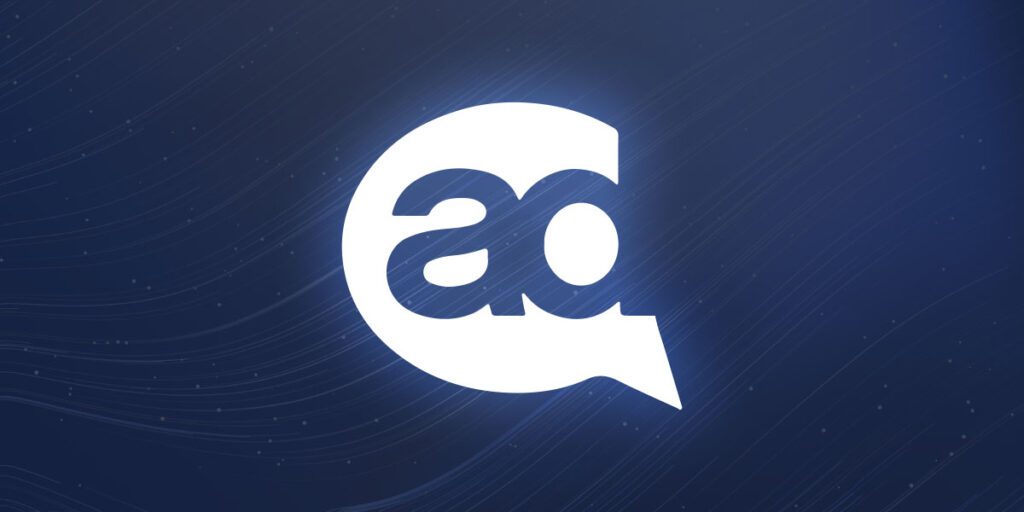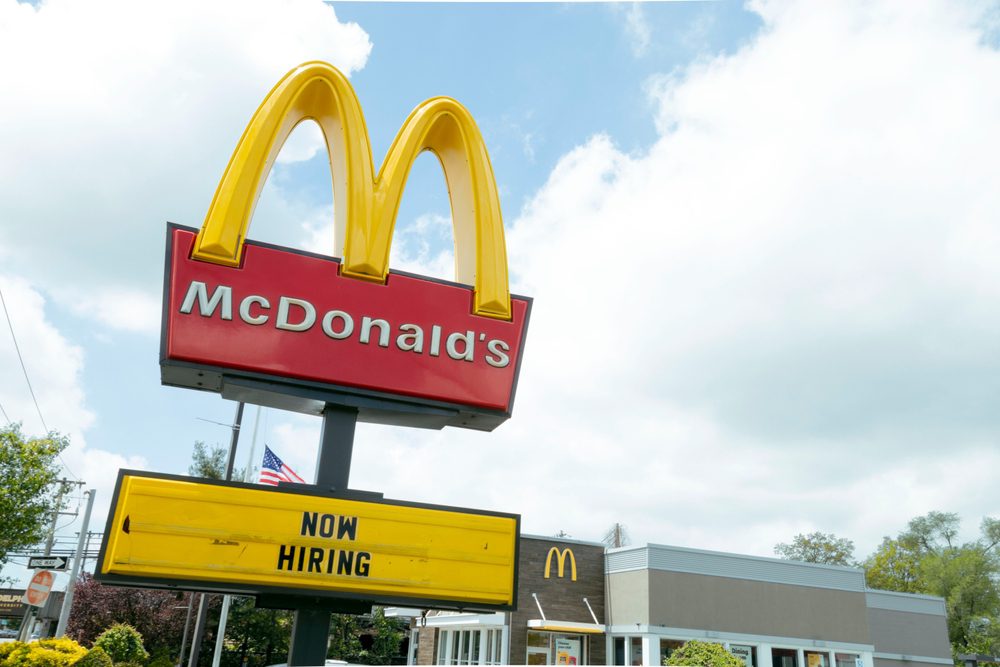Sometimes it still pays to think inside the box.
New technology and twists on old tactics are driving promotional packaging. There are two varieties: Promos that use the package to deliver the campaign (think under-the-cap sweeps), and interruptive packaging that becomes the promotion itself (think Wheaties boxes).
Some new technology looks deceptively simple. General Mills’s cereal-box window seems like a no-brainer, but the patented “visible value” technology was six years in the making. The Mills’s packaging R&D department began the design in ’93, but didn’t introduce it until a November tie-in with Disney/Pixar’s Toy Story 2. The viewing window lets kids see what toy they’re getting, so they can pick the premiums they want (without forcing Mom to buy eight boxes to get it). Boxes of Honey Nut Cheerios and Lucky Charms carried one of four plastic character “danglers” to hang from backpacks or jackets.
Other innovations reinvent how a product is used. Take Watercolours, a year-old line from fragrance marketer Gianna Rose, Fountain Valley, CA. Colored creme soaps come in paint tubes boxed with brush and ceramic palette. The design and tagline, “The art of bathing,” encourage users to mix their own scent and color. The line sells via high-end catalogs, Web sites, and retailers. Sayles Graphic Design, Des Moines, IA, handled.
Pepsi made the biggest noise of last summer with an old standby, the on-pack sweeps. But in leveraging its tie-in with Star Wars: Episode One – The Phantom Menace, it went beyond standard measures with packaging that encouraged collecting. The film’s fans are still swapping some of the five billion character-bearing cans of Pepsi, Diet Pepsi, One, Mountain Dew, and Storm (the last in limited test markets). Consumers redeemed about 25 percent of the 250,000 Gold Yoda cans Pepsi seeded as instant winners. (That’s Pepsi’s average redemption for this kind of sweeps.) Consumers mailed in Yoda for a $20 check and a replacement can – which didn’t have a winning message printed on the rim, but otherwise looked like the winning cans.
Pepsi won’t give sales figures, but a spokesperson says the company got “more display space than any summer promotion in a long time.” (That’s no surprise, given the excess of Phantom hype last spring.)
Pepsi also put Star Wars characters on bottles, cups, and multi-pack boxes, but the cans got the most attention because they account for half of Pepsi’s packaging and “tend to be more collectable than a 20-ounce bottle,” the spokesperson says. Pepsi had its standard six-month lead time to print the cans. TLP Inc., Dallas, handled.
Star Wars hoopla aside, collector cans tend to be local initiatives featuring regional celebs, and are often started by bottlers or local marketing reps. Pepsi works with bottlers to source packaging materials, but the bottlers pay for it.
OLD BOX, NEW TRICKS
Other marketers are tweaking secondary uses for packages, going beyond the concept of cereal boxes that double as game boards. General Mills’s limited-edition Millenios cereal (dubbed “the official cereal of the Millennium”) suggests kids use the box to make a time capsule. In fact, the Mills is selling the box harder than it’s selling the cereal (picture Cheerios with some pieces shaped like a 2). The side panel asks kids to predict future events and record where they were when clocks struck twelve.
To push demand, Big G kept production low. The company won’t divulge how many boxes it made, but says it is the lowest number ever for an in-and-out product. Millenios hit store shelves nationally Sept. 20 and were expected to sell out by year-end, with some special pricing and end-aisle display support. A billboard in Times Square asked “Is your cereal bowl Y2K ready?” General Mills designs packaging in-house.
For the record, Kellogg did a time capsule promo, too. Kids mailed in $2.99 and two boxtops for a plastic container. The offer ran on a half-dozen brands including Apple Jacks and Froot Loops.
Meanwhile, Kraft Foods shipped 1.8 million boxes of special-edition Mil-LOONEY-Um Macaroni & Cheese (pasta shaped like 2s and 0s) in September, part of its tie-in with Warner Bros.’s fall marketing blitz. Kraft upped the ante a smidgen by designing mac & cheese boxes as time capsules. (This is Kraft’s third deal with Warner Bros. Bugs Bunny & Friends mac & cheese sold in ’95, and Space Jam packaging hit shelves in ’96.) Kraft projected the boxes to sell through in three months, again just as the year ended.
Packaged goods marketers often do special packaging for such limited-time products. Campbell Soup Co., Camden, NJ, cooked up its own millennium pasta with Spaghetti’s 2000 (December promo). Twenty million cans bear sparkly labels and an under-the-label instant-win sweeps giving away 22 prizes of $2,000 each. Four-year-old Zachary Glucksman won a jingle-singing contest (you remember the song) for a $20,000 college savings bond and 2,000 cans of pasta. Alba Kids, Bethel, CT, handles. Campbell initially printed 18 million cans, then did another two million to meet retailer demand.
There are limits to mixing product and pack, though. The Food & Drug Adminstration made Nestle recall Nestle Magic candy in ’98 when parents got nervous that kids might swallow toys hidden inside the chocolate balls. Each toy was inside a plastic ball far too big to swallow, but the FDA frowns on inedible objects hidden in food.
Sometimes, good promotions come in standard packages. Years ago, Searle & Co. ran a sweepstakes for Nutrasweet that used UPCs as entry numbers. Consumers could buy any product with Nutrasweet, call a toll-free number, and punch in the UPC to enter. They heard a message from that brand – Diet Coke, say – and whether they’d won. The campaign helped heighten brand awareness just as Searle’s patent expired and new competitors entered the market.
Down the road, marketers will be able to customize packaging the way they now customize coupons, predicts Jonathan Asher, managing partner of design house The Coleman Group, New York City. “The ability to do things in a more tailored, targeted way [will let consumers] customize products and packaging by picking from a list of characteristics,” he says.
In the meantime, marketers’ can stay active tinkering with their own stuff.
Anyone who’s ever scrutinized a Rolling
Rock label or hunted for an Indian on a Tootsie Pop wrapper knows the power of a secret message. Some are urban myths, like the kid legend that you could turn in a wrapper with an Indian for a free Tootsie Pop. Others are intentional, albeit low-key, marketing tools.
Pepsi whispered three secret messages one word at a time last summer. Each can in its Star Wars promotion had a word “hidden” near the character image. Consumers put the 24 words together for three clues about the movie’s plot (but nada in prize returns). “It was just another fun extension of the campaign,” a spokesperson says.
Consumers who found their Force too weak to collect all 24 cans were able to read the messages on Pepsi’s Web site. In the interest of full disclosure, here they are: “Anakin breaks free but may face new enslavement,” “The Jedi triumph but their future is clouded,” and “One menace is destroyed but another lurks nearby.”
Tobacco company Brown & Williamson slyly printed a toll-free number on packages of Lucky Strike cigarettes. Smokers who call 800-578-7453 hear an ironic message in which a spokesperson fawns to smokers, “We’re a giant corporation and you make us feel like a little kitten. Thank you, lover.” Callers can get on a mailing list, find a local retailer, or talk to “the real people at Brown & Williamson.”
Talk about a secret admirer.
How does a package manufacturer promote its own designs? Berlin Packaging, Chicago, commissioned a special direct-mail piece to introduce Pinnacle bottles to packaged goods companies in `96. The company sent a triangular box with a sample bottle and information to a handful of CPG execs. The dripless squeeze bottle has been adopted by Helene Curtis for Salon Selectives and Redmond Products for Aussie Formula.
Tightly targeted business-to-business campaigns can often afford elaborate mailings. ComputerDiscount Warehouse mailed its catalog to 30,000 business clients in a toolbox-shaped package with two premiums: a mini-computer repair kit and an offer for disk-repair software. The fall ’98 campaign surpassed CDW’s sales goals by more than half.
Sayles Graphic Design, Des Moines, IA, handled both campaigns. Power play.
Coca-Cola Bottling Co., Atlanta, will run a Super Bowl promotion targeting teens with discounted music. Coke will give away Super Bowl MusicCards teens can use to buy three CDs for $11 or less each (November promo).
The cards come in a promotional sleeve with offers from Circle K, AMC Theaters, AMF Bowling Centers, Athlete’s Foot, and the NFL Experience. Teens present the card to get discounts, the same procedure used for the Coke Cards distributed in summer ’98 and `99. A short-term Web site will support the Super Bowl push; Coke will follow up with cardholders online.
The promo is part of an expected $23 million push to rev Coca-Cola Classic that will include heavy sampling that plays up Coke’s contour bottle and a reported summer sweeps to kick off the company’s five-year marketing partnership with Universal (March promo). The effort is expected to replace Coke’s two-year-old Coke Card, which last summer included free voice mail for teens. Upshot, Chicago, handled that campaign.
Coke plans to run three more promos using My MusicCard throughout the year. TeleServices Internet Group of St. Petersburg, FL, sells the card program.
 Network
Network

